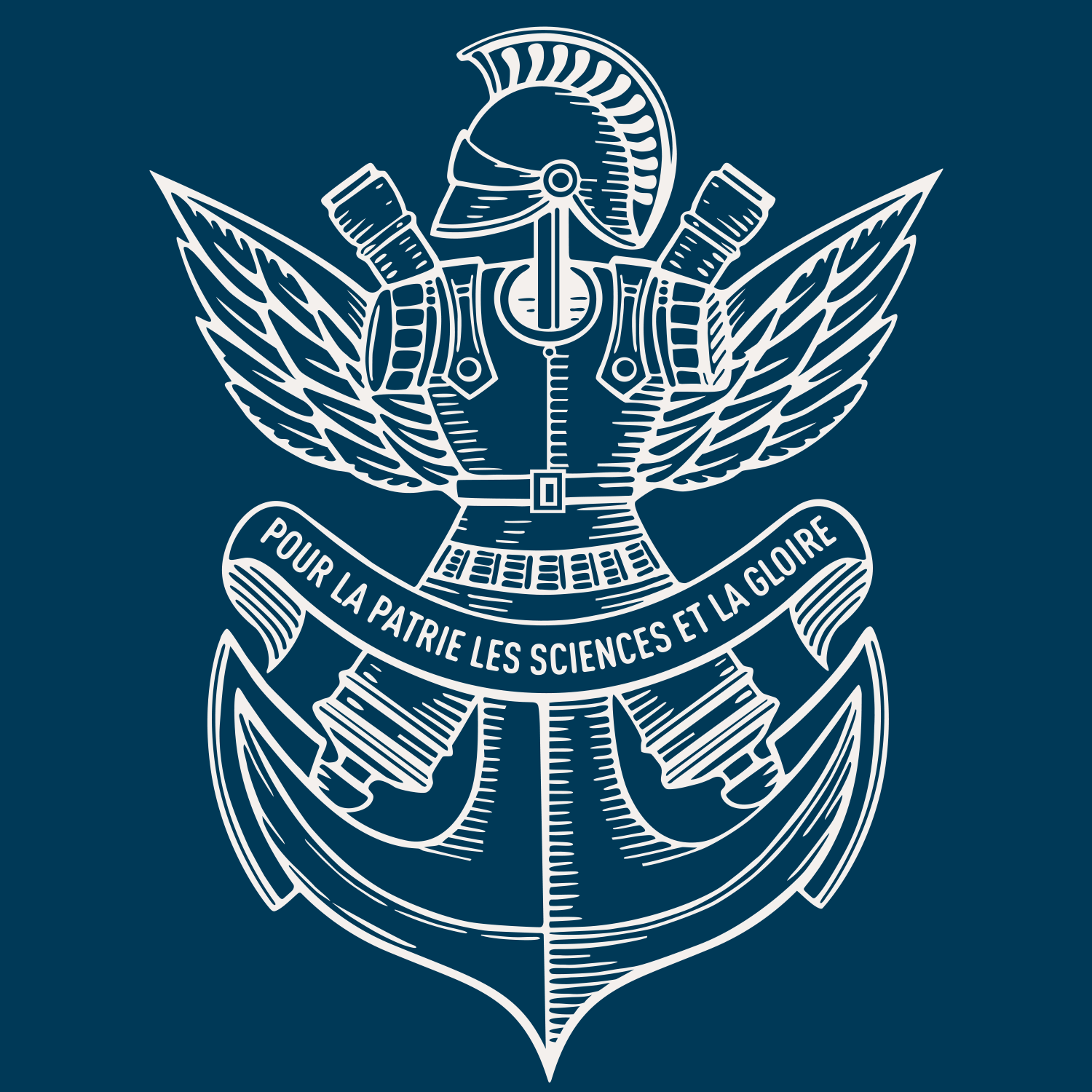The tRNA-dependent activation of arginine by arginyl-tRNA synthetase requires inter-domain communication.
Résumé
The tRNA-dependent amino acid activation catalyzed by mammalian arginyl-tRNA synthetase has been characterized. A conditional lethal mutant of Chinese hamster ovary cells that exhibits reduced arginyl-tRNA synthetase activity (Arg-1), and two of its derived revertants (Arg-1R4 and Arg-1R5) were analyzed at the structural and functional levels. A single nucleotide change, resulting in a Cys to Tyr substitution at position 599 of arginyl-tRNA synthetase, is responsible for the defective phenotype of the thermosensitive and arginine hyper-auxotroph Arg-1 cell line. The two revertants have a single additional mutation resulting in a Met222 to Ile change for Arg-1R4 or a Tyr506 to Ser change for Arg-1R5. The corresponding mutant enzymes were expressed in yeast and purified. The Cys599 to Tyr mutation affects both the thermal stability of arginyl-tRNA synthetase and the kinetic parameters for arginine in the ATP-PP(i) exchange and tRNA aminoacylation reactions. This mutation is located underneath the floor of the Rossmann fold catalytic domain characteristic of class 1 aminoacyl-tRNA synthetases, near the end of a long helix belonging to the alpha-helix bundle C-terminal domain distinctive of class 1a synthetases. For the Met222 to Ile revertant, there is very little effect of the mutation on the interaction of arginyl-tRNA synthetase with either of its substrates. However, this mutation increases the thermal stability of arginyl-tRNA synthetase, thereby leading to reversion of the thermosensitive phenotype by increasing the steady-state level of the enzyme in vivo. In contrast, for the Arg-1R5 cell line, reversion of the phenotype is due to an increased catalytic efficiency of the C599Y/Y506S double mutant as compared to the initial C599Y enzyme. In light of the location of the mutations in the 3D structure of the enzyme modeled using the crystal structure of the closely related yeast arginyl-tRNA synthetase, the kinetic analysis of these mutants suggests that the obligatory tRNA-induced activation of the catalytic site of arginyl-tRNA synthetase involves interdomain signal transduction via the long helices that build the tRNA-binding domain of the enzyme and link the site of interaction of the anticodon domain of tRNA to the floor of the active site.

